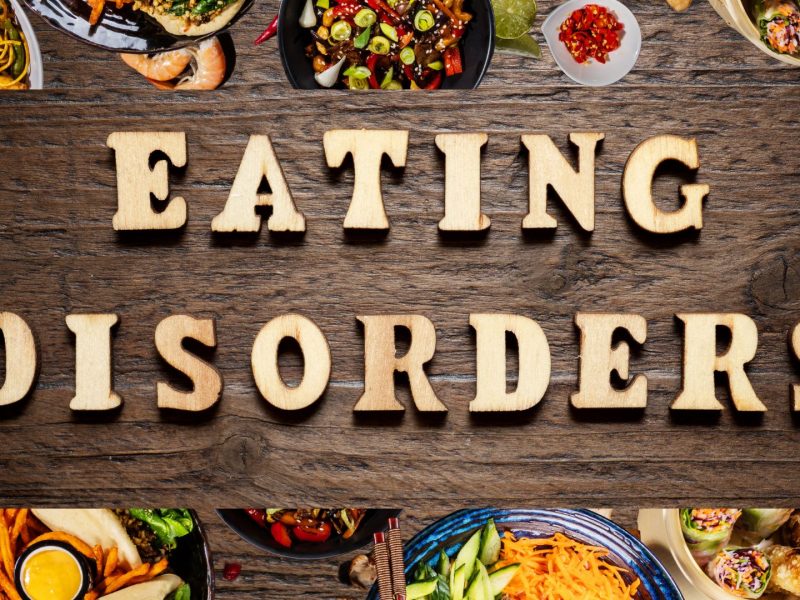When you meet people with Down syndrome, you might notice they share certain physical features. This isn’t just your imagination – there’s a fascinating genetic explanation behind these similarities. Let’s explore why this happens and understand the science in simple terms.
The Genetic Foundation: Trisomy 21
Down syndrome occurs when a person has three copies of chromosome 21 instead of the usual two. This extra genetic material affects how a person develops, both before birth and throughout their life. Think of it like having an extra set of instructions that influences various aspects of physical development.
How Does This Extra Chromosome Create Similar Features?
The additional chromosome 21 contains hundreds of genes that play crucial roles in physical development. When these genes have an extra copy, they create what doctors call “characteristic features” of Down syndrome. However, it’s important to remember that while people with Down syndrome may share some physical traits, they’re still unique individuals with their own distinct appearances, personalities, and abilities.
Common Physical Characteristics Explained
Facial Features
- The face typically appears flatter, especially across the bridge of the nose
- Eyes may be almond-shaped and slightly upward-slanting
- The ears might be slightly smaller and set lower on the head
Physical Structure
- People with Down syndrome often have shorter stature
- They may have smaller hands with shorter fingers
- A single crease across the palm is common
- Muscle tone tends to be lower (hypotonia)
Understanding the Science Behind These Similarities
The extra chromosome 21 affects protein production and cell development throughout the body. Specific genes on chromosome 21 influence:
Bone Development
The extra genetic material affects how bones form and grow, leading to characteristic facial features and body structure. This includes the development of the skull, which influences facial appearance.
Muscle Formation
Genes on chromosome 21 impact muscle tone and development, which contributes to physical characteristics and movement patterns.
Tissue Growth
The additional genetic material influences how various tissues develop during fetal growth and continues to affect development throughout life.
Beyond Physical Appearances
While physical features might be the most visible aspect of Down syndrome, it’s crucial to understand that:
Every Person is Unique
Despite sharing some physical characteristics, each person with Down syndrome has their own unique appearance, just like anyone else. They inherit traits from their parents and have their own distinct features.
Abilities Vary Widely
Physical appearance doesn’t predict abilities or potential. People with Down syndrome have a wide range of capabilities, interests, and talents.
Medical Understanding and Support
Modern medical knowledge helps us better understand why these shared characteristics occur:
Early Development
During fetal development, the extra chromosome influences how cells grow and organize themselves, affecting physical development in predictable ways.
Ongoing Research
Scientists continue to study how specific genes on chromosome 21 influence development, leading to better understanding and support for people with Down syndrome.
Living with Down Syndrome Today
The medical community’s understanding of Down syndrome has grown tremendously:
Medical Advances
Better healthcare and support services help people with Down syndrome live fuller, healthier lives than ever before.
Community Integration
Increased understanding and acceptance mean more opportunities for education, employment, and community participation.
Celebrating Diversity
While people with Down syndrome may share some physical features, it’s important to:
Look Beyond Appearances
Focus on each person’s individual personality, abilities, and contributions to society.
Promote Understanding
Education helps combat misconceptions and promotes acceptance of genetic differences.
Final Thoughts
Understanding why people with Down syndrome share certain physical characteristics helps us appreciate the complex genetic factors at play. However, it’s essential to remember that these shared features are just one aspect of who they are as individuals.
Like everyone else, people with Down syndrome have their own unique:
- Personalities and temperaments
- Talents and abilities
- Dreams and aspirations
- Relationships and contributions to society
By understanding both the science behind Down syndrome and the individuality of each person affected by it, we can better appreciate and support this diverse community of individuals.
Remember, while genetics may influence physical appearance, it’s the unique combination of experiences, personalities, and abilities that truly makes each person who they are – whether they have Down syndrome or not.



